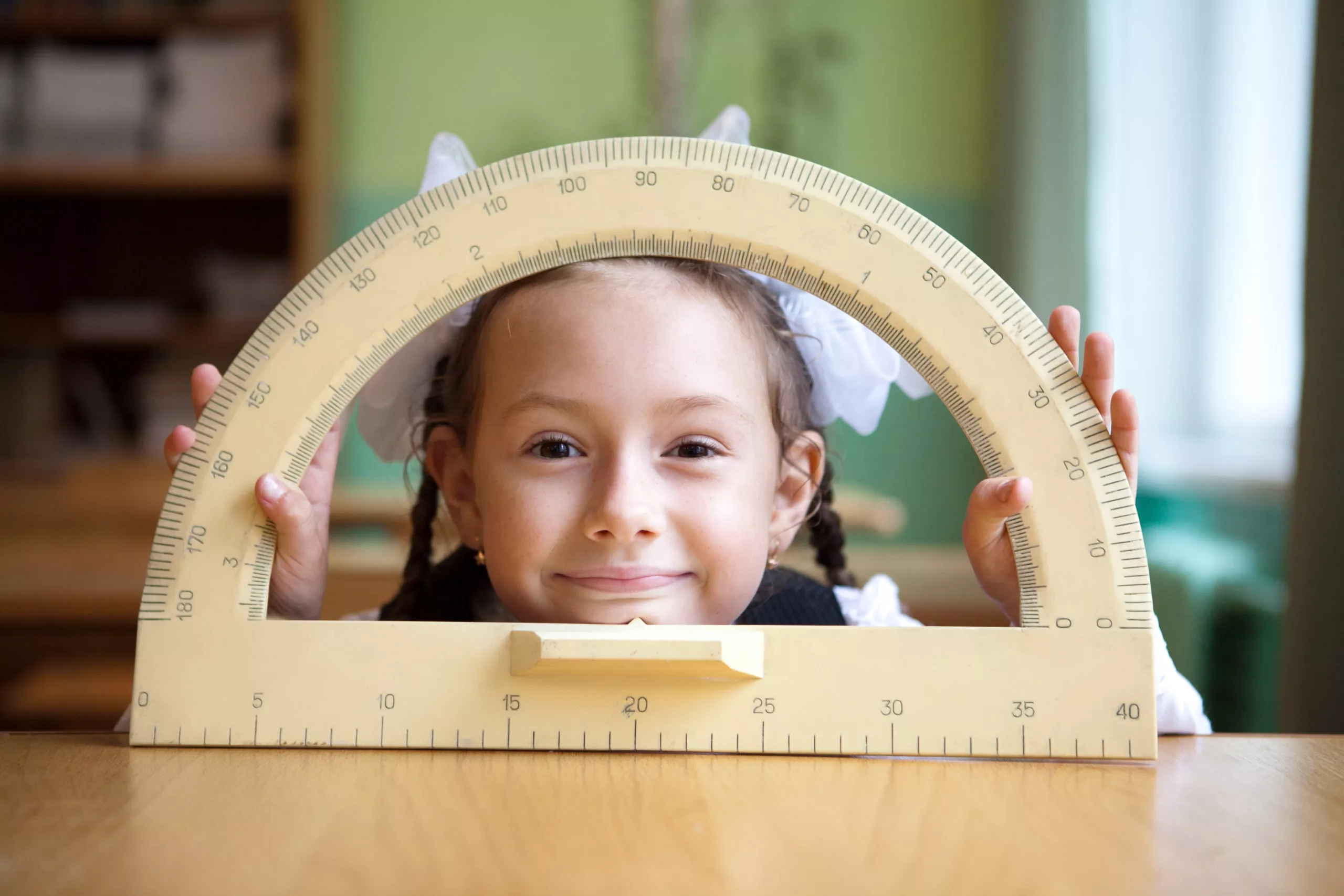As many children begin the school year learning virtually from home, parents must confront increased screen time and the potential repercussions on their children’s vision. A survey conducted in March, before stay-at-home orders went into place, revealed that the majority of parents—71% with children 12 or younger—admitted to being at least somewhat concerned about their children spending too much time on screens.1
To help in this time of digital learning, Kate, who is 10-years-old and recently began myopia treatment, asked Dr. Kate Gifford, a clinical optometrist, for virtual learning tips on how she can protect her eyes while doing her school work from home.
Dr. Kate Gifford provides three actionable tips to protect your child’s vision in less than five minutes in the video below.

While learning at home, kids likely don’t take the same amount of breaks as they would in a classroom, Dr. Kate Gifford explains. And, there’s a link between lots of time spent doing up-close work and problems with vision, such as myopia or nearsightedness.2 Dr. Kate Gifford recommends these simple actions.
1. Once we finish our schoolwork, we want to try and make sure we don’t spend any more than two hours a day on screens for fun. Instead, spend time outdoors. Ideally, spend two hours a day outside—it doesn’t have to be all at once. [Read: Creative ways to get your child to spend more time outside]
2. Practice the elbow rule. Make a fist and put it next to your eye. See where your elbow is? That’s at least how far a screen should be from your face.
3. Remember the 20-20 rule. Every 20 minutes, try and take a break for 20 seconds. Have a little break between your lessons on the computer and look across the room, let your eye muscles relax, it’s like they get to put down the weight. Because when we look up close, it’s like our eyes have to lift the weight again.
As Dr. Gifford mentions, these virtual learning tips are important for both kids who do and who don’t have nearsightedness because there is a risk of becoming nearsighted or myopic. Taking action, like spending time outside, can delay the onset or help with prevention.3
You can also see a list of tools that can help your kids develop healthy digital device habits here.
Tags: myopia, screen time, video, virtual learning
